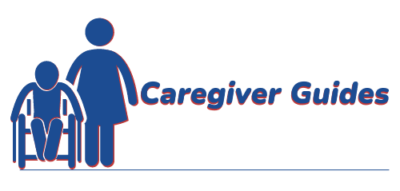
“How Can I Lift a Senior Out of a Chair?”
This is a question that many caregivers have. Its a common thing to hear caregivers ask regarding the “hands on” part of the job. Some rightly have the idea that they think their care recipient is too heavy to “lift” and that they are afraid of “dropping them” or injuring themselves when doing the day to day stuff. This is especially true when the caregiver is female and the care recipient is male. And it’s true that in many (most?) cases the care recipient does tend to outweigh the one providing the bulk of the hands on care and duties.
Unfortunately, in many cases, there are no alternatives to the roles assigned. Frequently wives, sisters, and mothers, (but it’s not limited to women) find themselves taking care of a loved one who is larger than they are and it’s a struggle to “lift” them out of bed, chair, from the toilet, and so forth.
Let me suggest to you that in a lot of cases this fear of “lifting” may be because of a misunderstanding of the roles of the caregiver/recipient. The caregiver may think they have to do all the work. While at the same time, the care recipient may feel they can’t help in anyway. Unfortunately, many reputable websites and well meaning healthcare professionals get it wrong when trying to help caregivers understand the transfer process
Ask the Care Recipient to Help
In a many, many cases where a person assumes the role of caregiver, there seems to be this belief that their care recipient is actually an invalid and can’t help. The caregiver assumes that 100% of the care needed has to be done by the caregiver alone. In the majority of these cases, this is far from the truth. I know this to be true because when I come into the home as a home physical therapist, and I ask the care recipient to perform a task, which they do, the family or caregivers exclaim, “I didn’t know they could do that! They never do it for me!”
It could be that the reason for the caregiver’s shock is that they have never asked the care recipient to do much.
This is also evident when I help, or assist the care recipient from the bed, chair, or what have you. They frequently state, “that was easy. Hey, honey (speaking to their spouse), did you see that? It’s never that easy for us.”
There are several reasons at play that make the task of moving the care recipient easier, but the primary reason is that I see my role as “assistant” instead of “worker”. The care recipient should be doing the bulk of the work and heavy lifting. I will assist them as they initiate, participate, and perform the movement.
With some who may have some cognitive deficits, there may need to be a little more patience on my part as they process what I am asking of them. But, for the most part, it’s my objective for them to do “the work” of moving, rather than me. My job is not to “lift” them from the bed, chair, or toilet, but to “assist” them do that which they have done for most of their lives.
On this blog, I have written several guides that deal with the proper positioning and proper way to assist people to move. I speak about using the proper sequence of positions to make it easier on caregivers when they have to assist their loved one. Follow along with those guides for more information on how to make hands on part of caregiving a little easier and less physically demanding.

Bryan Williams
Physical Therapist
is a licensed therapist with near 30 years of professional experience treating a diverse patient population in a multitude of settings. With simple strategies, he educates and empowers his clients with simple strategies to help them move better and with less pain.

